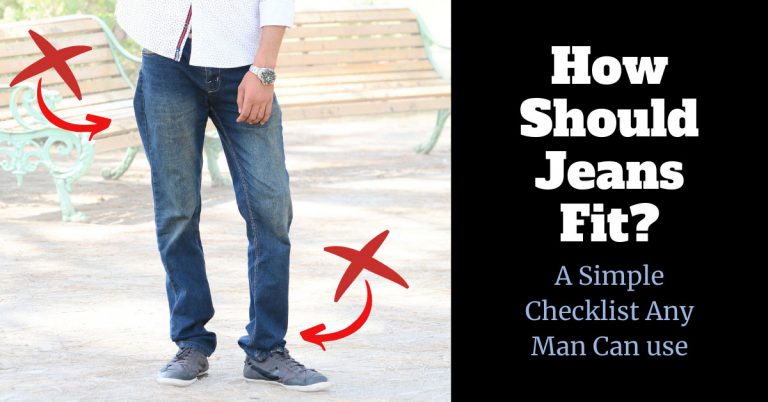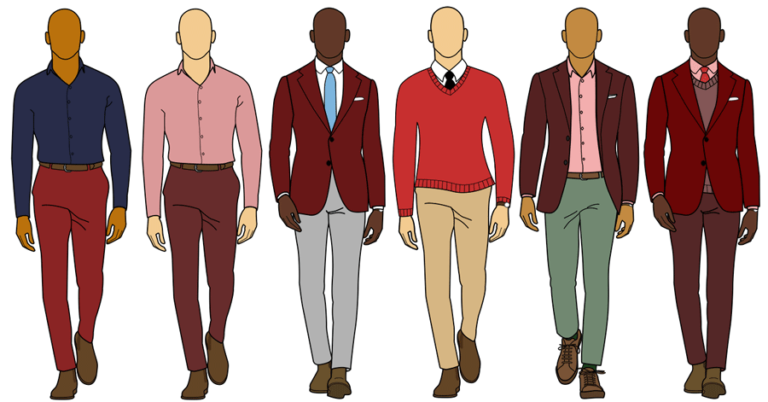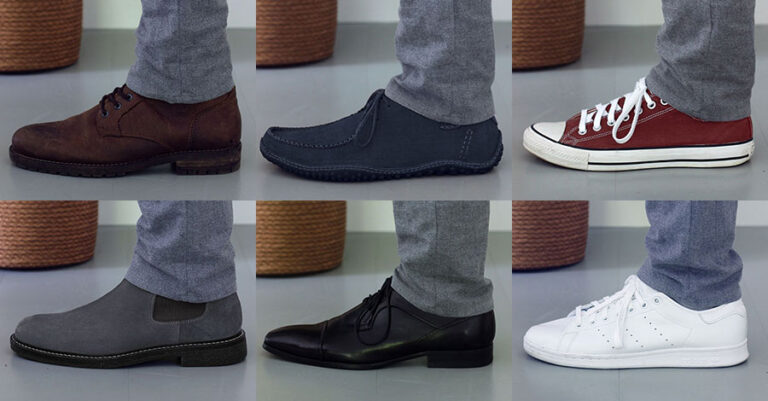How to Buy Versatile Clothing: Look Stylish Without Any Effort
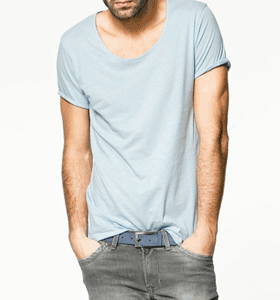
So, you want to buy some versatile clothing pieces, but don’t know what to look for?
You want to have wide variety of fashionable outfits to choose from, but you don’t want to spend bucket loads of cash on clothes.
And if you build a versatile wardrobe, full of clothes that look good with anything, you will get more variety out of fewer clothes.
But which clothes are versatile and which aren’t? You don’t really know which clothes you should buy.
Well, don’t worry. This article will help you determine which clothes are versatile and which aren’t.
What Is Versatile Clothing, Exactly?
The definition of versatility is: “having many uses or applications.”
In the world of fashion, this means that an item can be worn in many different ways; or a lot of different looks can be created with an item. You can measure an item’s versatility by looking at how many other clothes can be worn with it.
Example:
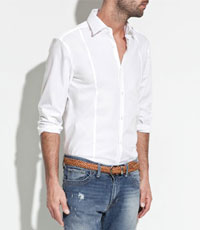
Let’s take a solid white shirt. This item can be matched with any color you can think of. It doesn’t matter whether it’s red, blue, green or purple, a white shirt will look good with it. It also looks good with other neutrals, such as grey and black.
Wearing patterns with a white shirt won’t be an issue either, since the solid nature of the item will serve as a great support for whatever eye-catching pattern you choose to wear.
You can wear the shirt as a top layer, with or without a tie. You can layer it under a sweater, cardigan, vest or blazer, or you can wear it unbuttoned over a T-shirt. You can roll the sleeves up or keep them down. There’s a lot of different things you can do with it.
You can’t really go wrong with a white shirt, which makes it a very versatile item.
A white shirt is a men’s wardrobe staple. It’s something most men will (and should) have in their wardrobe. I have found basic items like these to be the most versatile types of clothes.
Now that doesn’t mean non-staple items aren’t versatile; there are varying degrees.
That’s why I’ve come up with a simple grading system you can use to judge items against each other on their versatility.
The Grades of Versatility
I’ve chosen to create this system, because I want to help you figure out what the most versatile items in your wardrobe are and which type of clothes are the best investments for a beginner.
So here are the different grades:
Grade A: Solid & Neutral
Solid clothes in neutral colors are easily the most versatile, as they make the easiest clothing combinations.
You can pair solid neutrals with any other swanky colors or patterns you can think of.
At first glance they may look a bit dull to you, but it’s actually their simplicity that makes them such valuable garments. Without these items you will have nothing to wear your more prominent items with.
Grade A’s are the building block of your wardrobe. They are the support that will make your statement pieces stand out.
The white shirt mentioned earlier is a prime example of a Grade A shirt.
Grade B: Solid & Color
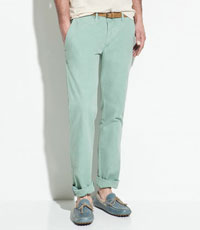
Solid clothes in chromatic colors are the second most versatile items.
You can easily wear them with Grade A items, but you need to be careful wearing them with other colors.
You would first have to learn basic color theory and figure out which colors work together and which don’t.
Grade B items are an easy way to add a little zest to an outfit. A pop of color will make the look just a bit less ordinary. It will usually stand out more than a full Grade A ensemble.
Grade C: Patterned & Neutral
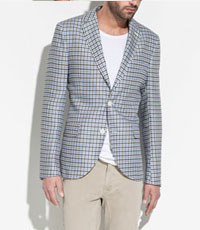
Patterned clothes in neutral colors are just a bit less versatile than Grade B’s.
The two are so close, that I contemplated putting them in the same category. However, it’s much harder to properly wear patterns together than it is to match colors.
In fact, don’t wear patterns together at all, until you have moved on to a more advanced stage.
Feel absolutely free to combine them with the previous two types of clothes though.
Grade D: Patterned & Color
 Patterned clothes in chromatic colors stand out the most and are the hardest to combine.
Patterned clothes in chromatic colors stand out the most and are the hardest to combine.
Remember what I said before about not mixing patterns before you’ve developed a better sense of style? That means you can only wear Grade D’s with solid colors, providing the colors even match or are of the same hue.
Try wearing these items as the focal point of your outfit, and keep the rest toned down. This will stand out enough on its own. It doesn’t need any help.
Final Words of Advice
This system should prove very helpful to a beginner such as yourself. It will help you build a solid wardrobe filled with compatible clothes, which makes dressing well a whole lot easier.
You should invest mostly in Grade A items, because for every statement piece, you need a couple of supporting pieces.
In the beginning, stick to wearing one grade B,C or D item at a time, and you can’t go wrong. It’ll keep your outfit basic, but not dull. Once you’ve developed your basic skills, you can try mixing and matching higher grades, but for now only one should be enough.
One should be enough to look good.
Did You Find That Useful? Then Check This Out…
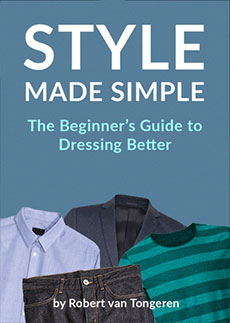
I wrote a men’s style guide that simplifies the art of dressing well, focuses on what matters, and takes you through it one step at a time. Enter your e-mail below and you’ll receive three free chapters, which will show you:
